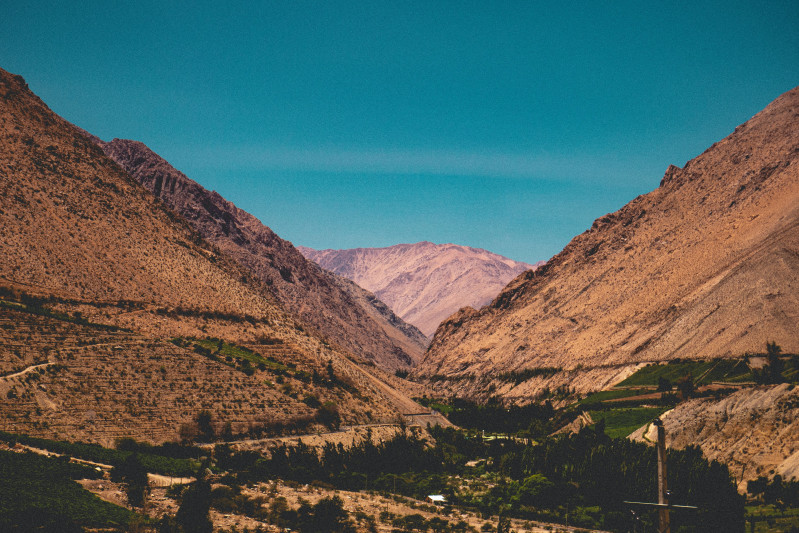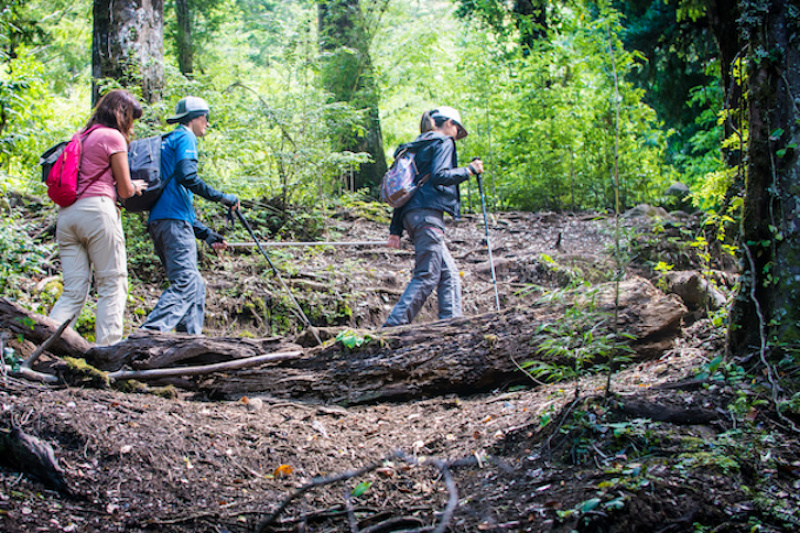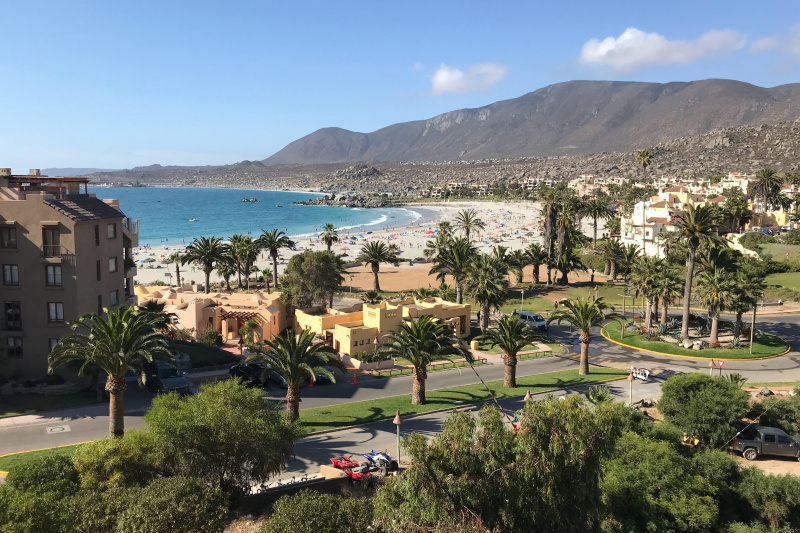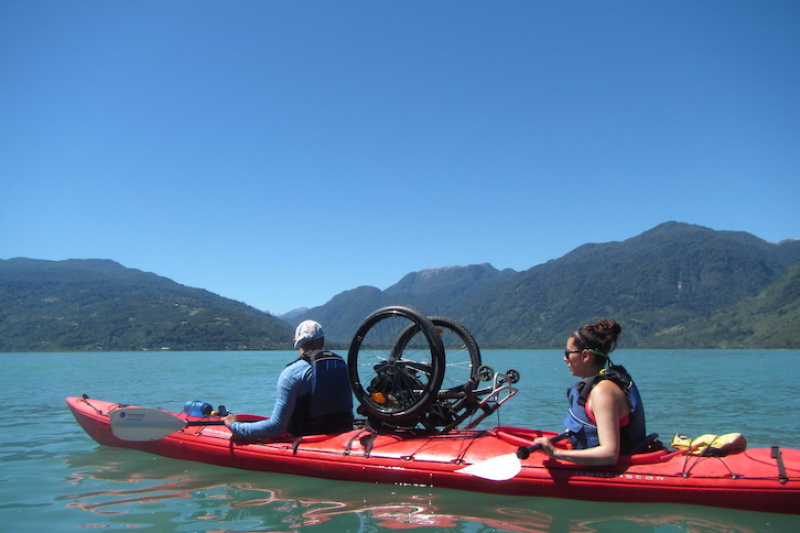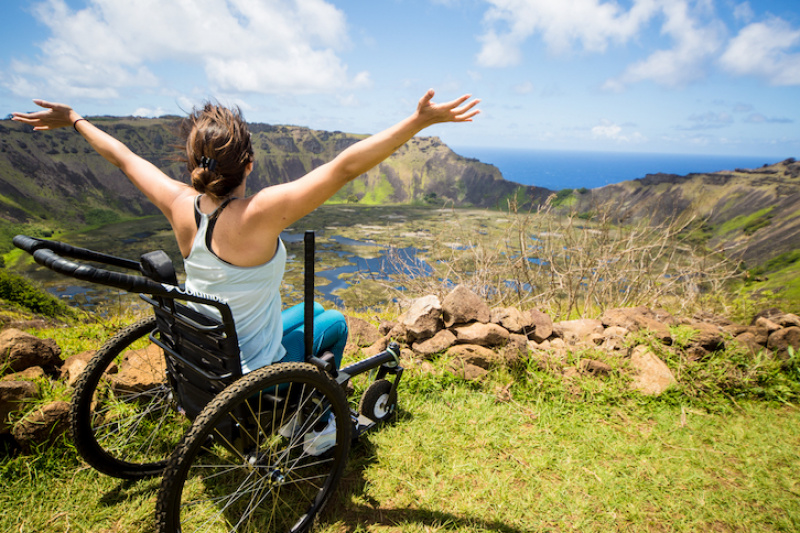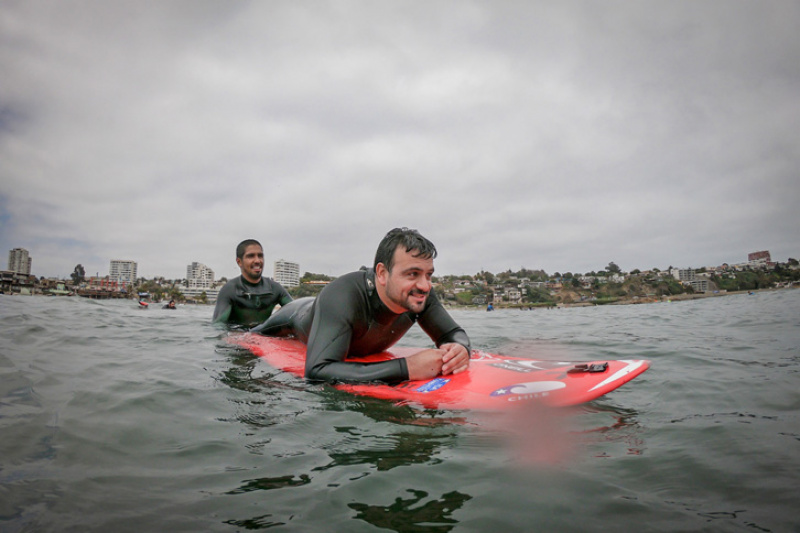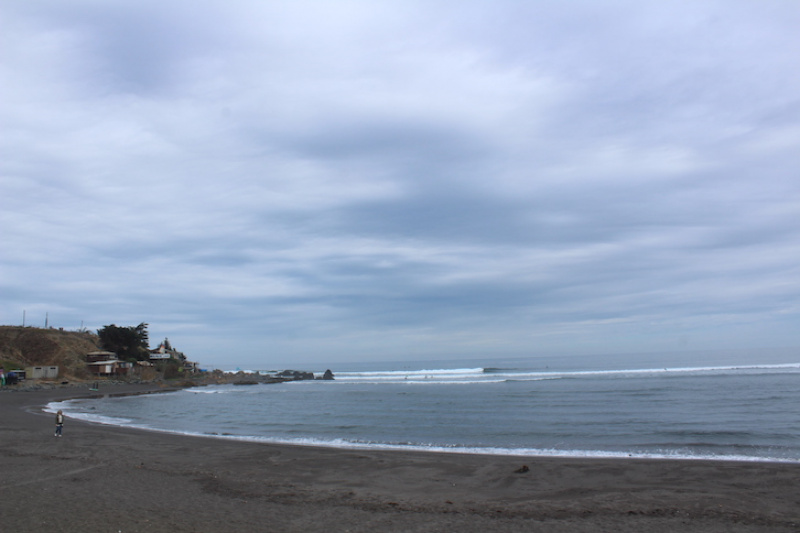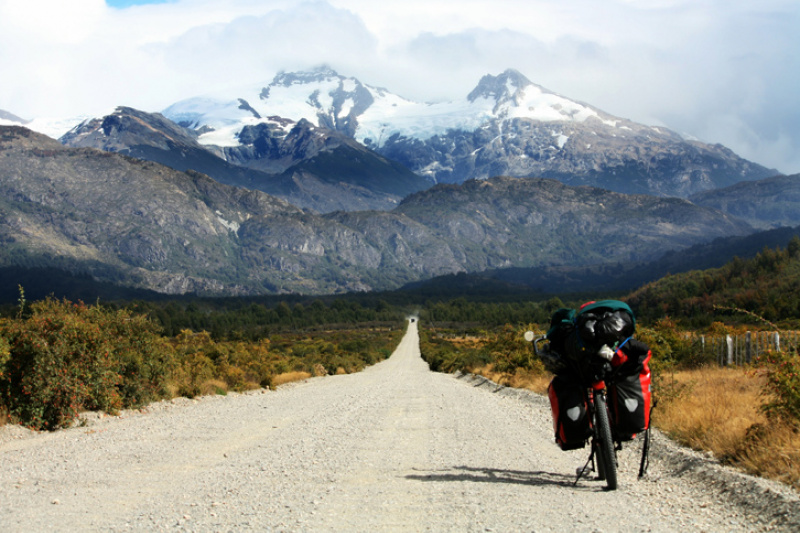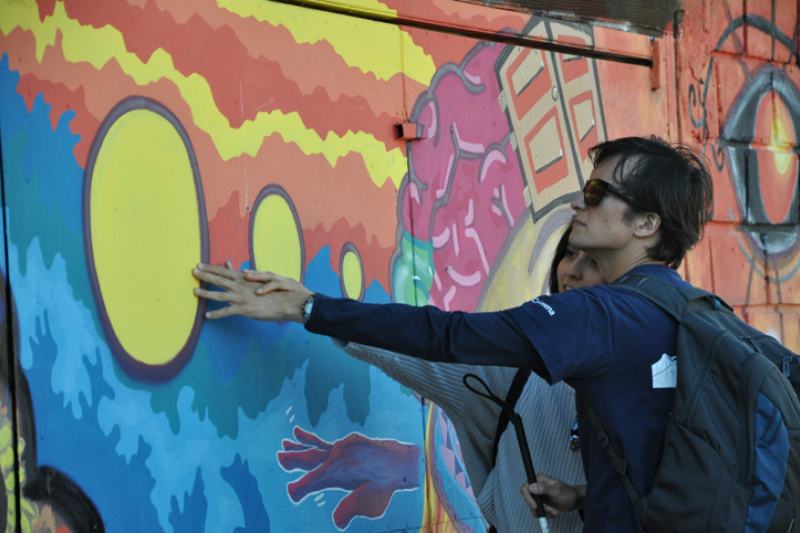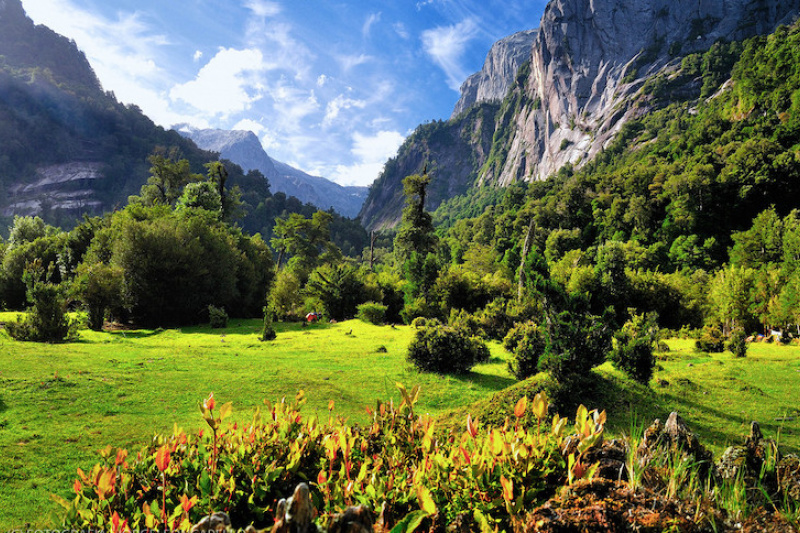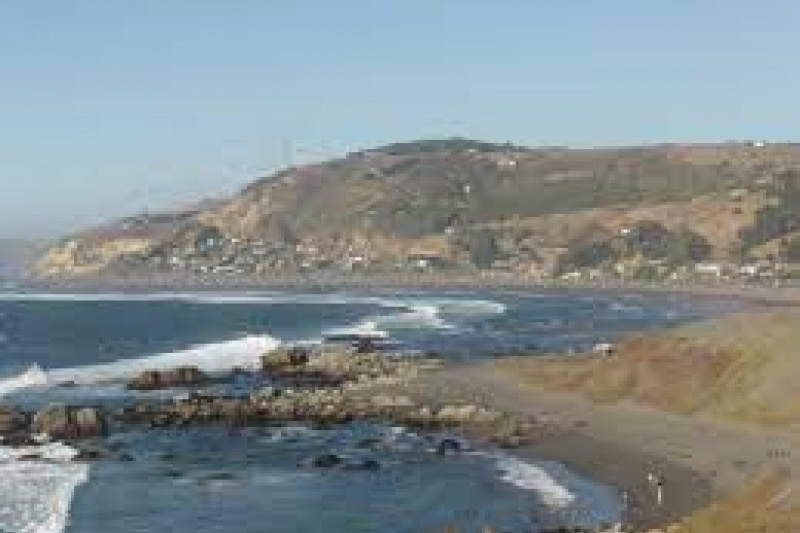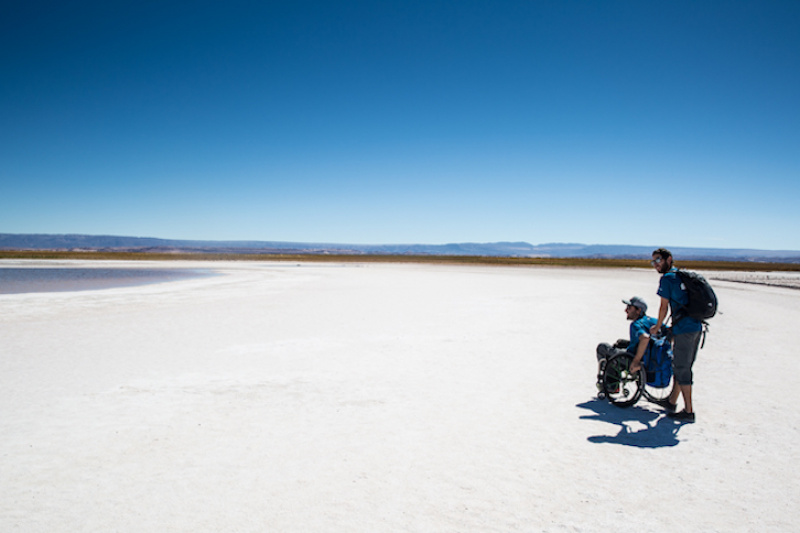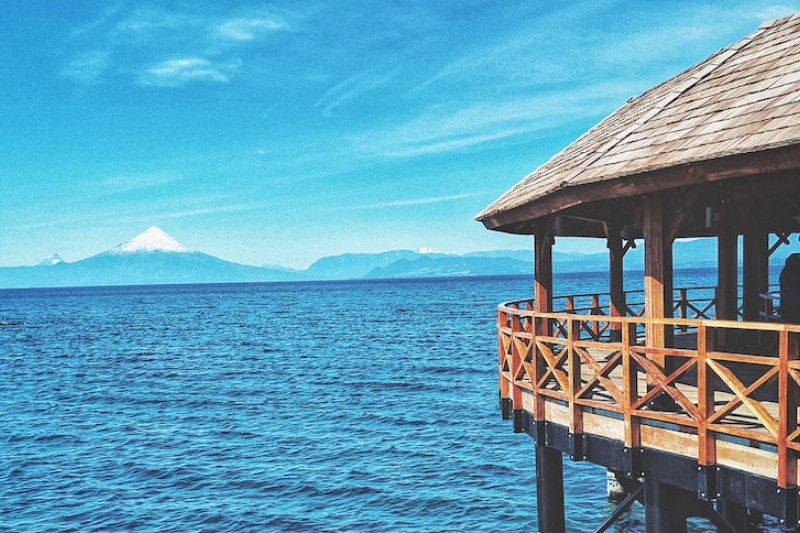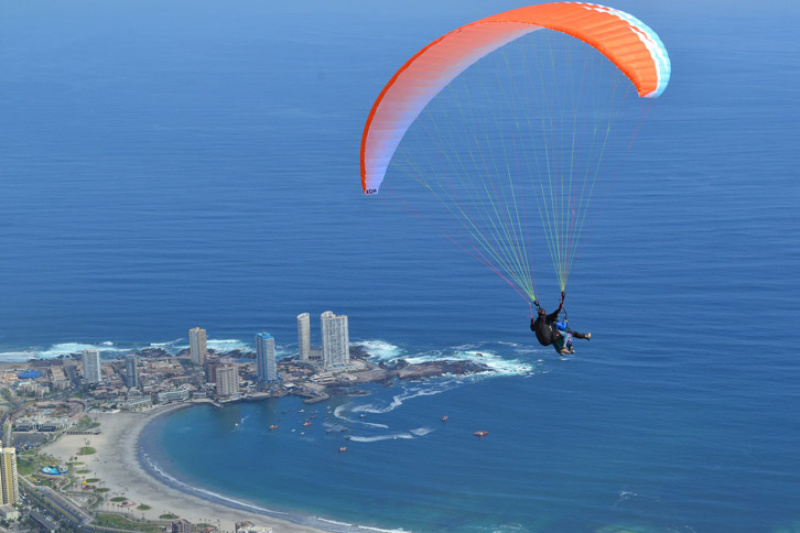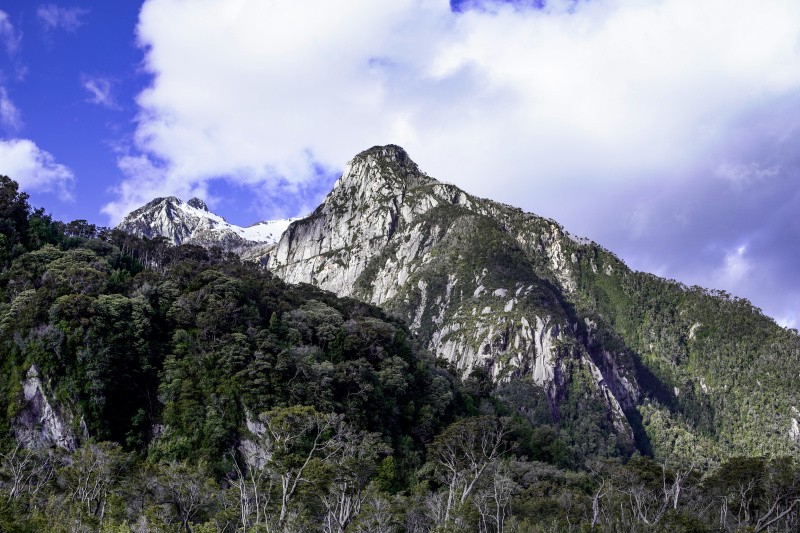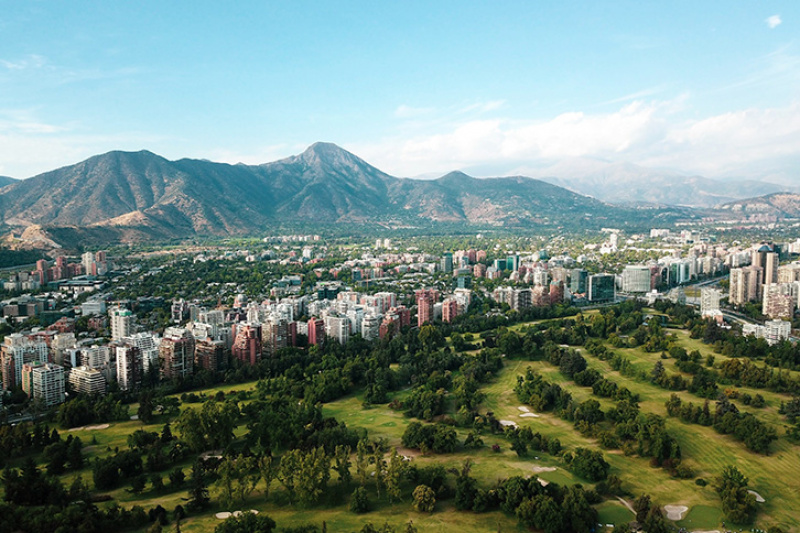Chile
Elqui
Chile
Pucon
Chile
La Serena
Chile
Puerto Varas
Chile
Easter Island
Chile
Viña del Mar
Chile
Pichilemu
Chile
Aysen
Chile
Valparaiso
Chile
Cochamo
Chile
Matanzas
Chile
San Pedro de Atacama
Chile
Llanquihue
Chile
Iquique
Chile
Chaiten
Chile
Santiago
Chile
About Chile
Explore Chile's Diverse Accessible Travel Destinations
Embark on a journey through a land of stark contrasts and stunning landscapes, with accesible travel Chile. From the arid deserts of the north to the glacial fields of the south, Chile offers unique travel experiences for all levels.
Begin your adventure in the majestic Torres del Paine, a national park known for its rugged mountain peaks and clear blue lakes. Find comprehensive accessibility information and travel tips by visiting our guide on accessible travel Torres del Paine.
Experience the charm of the Pacific coast in Viña del Mar, renowned for its beautiful gardens, sandy beaches, and vibrant cultural scene. Plan your seaside escape with our resources on accessible travel Viña del Mar.
Next, explore the historic port city of Valparaíso, famous for its colorful hillside houses and innovative public art. Dive into the accessibility details and cultural offerings by checking our page on accessible travel Valparaiso.
Don’t miss Santiago, the dynamic capital of Chile, offering a blend of modern amenities and historical sites, all accessible to travelers. Discover what Santiago has to offer for visitors with disabilities at our guide on accessible travel Santiago.
Finally, venture into the mystical landscapes of San Pedro de Atacama. Explore this desert oasis known for its salt flats, hot springs, and star-filled skies. Get all the essential information on accessible travel San Pedro de Atacama to ensure an accessible and unforgettable experience.
Accessible travel Chile
Country Information
Health
No vaccinations are required to enter Chile, but it is recommended that travelers are up-to-date on their tetanus and hepatitis jabs. Some cases of Dengue fever have been confirmed in Easter Island; if visiting, you should take steps to avoid being bitten by mosquitos.
Visitors in mountainous regions may suffer from altitude sickness, which produces symptoms of nausea, fatigue, headaches and sleeplessness. If suffering from altitude sickness, it is recommended to stay hydrated, take aspirin or ibuprofen and to avoid alcohol and sleeping pills.
The ozone layer in Chile is thinner than in the US and Europe, especially in the southern region and Patagonia. From September to November, ‘red alert’ days may be declared, where fair-skinned people can burn in as little as 10 minutes. If visiting this region, bring sunscreen, long clothing, a wide-brimmed hat and sunglasses.
Security
Chile is known as one of the safest and most stable countries in South America. However, it is still recommended to be cautious and watch your belongings, especially in Santiago and other large cities, and to avoid flashing valuables or large amounts of money. It is safer to book taxis in advance and to only accept rides from official taxis companies. Keep a photocopy of your passport and other documents to hand in case of emergency.
Documentation
Entry requirements to Chile depend on your nationality. Tourist visas are issued for 90 days. Check the specific entry requirements, depending on nationality here.
https://chile.travel/en/practical-information#entering-chile
Weather
The weather in Chile depends on where you are, as Chile can cover all climates and all four seasons in a day. The warmer season is from October to April and in the north temperatures can reach to around 32°C (90°F), although temperatures tend to drop at night. The center of Chile has a Mediterranean-style climate and the south can be much colder and tends to have more rainfall.
Language
The official language of Chile is Spanish, but some indigenous languages are spoken in certain regions. English is taught in some schools but only around 10% of the population can converse in English, most of whom are concentrated in larger cities and tourist destinations.
Electricity
Chile has 220 V, 50 Hz plug sockets with 2 round pins, identical to those used in most of Europe.
